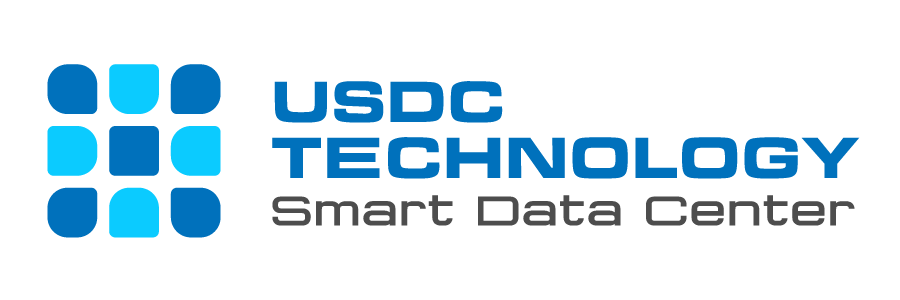To prove how diverse Nokia’s approach to 5G is, Sandro Tavares, the Nokia’s global head of mobile network marketing, explained to RCR Wireless News that the 20 global 5G contracts have been signed cover all different spectrum areas and all different technologies – including macro-cells, massive MIMO, small cells…
Sandro said: “Currently, there are 69 global 5G transactions.” It is important to remember 5G is more than just radios, 0% of these are end-to-end solutions. Therefore, it not only covers radio systems but also involves more content.
He continued: “Especially as you move further towards SA (Standalone Access) or even NSA (Non-Standalone Access), the cross-network function is extremely important-transmission, mobile core, all of which are important.”
By introducing 5G SA in the talks, Sandro provided some insights into the next biggest chapter of 5G. He said: “It is expected that 5G SA will begin to mature this year.” “By the end of this year, we should start to see initial deployments and should reach the mainstream sometime next year.”
He also said that the high focus on SA from the enterprise and industry (to support low-latency applications) may accelerate its deployment and adoption. “Many of the innovative use cases we discussed on 5G are supported by SA, especially when you are talking about ultra-low latency applications such as IoT.”
One thing Sandro really wants to convey is how important cloud computing is to 5G success. He emphasized that if cloud computing is not used, 5G cannot be “correctly completed”.”Cloud computing technology plays an important role in supporting 5G, even if we take a more conservative approach and deploy 5G radio access for 5G wireless access points in a classic way, for the purpose of radio access, In any case, the core will go to the cloud.“
He added that once we enter the 5G SA and the requirement for low latency becomes more common, the network and cloud infrastructure will develop into a more distributed approach. He further explained: “You are building a smaller network center, in some cases even a very small data center, so you can host the infrastructure and applications that will be delivered.”
In addition, applications on the 5G network (whether consumer applications or industrial applications) will also run on the cloud, whether it is a public cloud, or a private cloud built by operators. But despite the clouds.
Finally, he said that even in terms of wireless access, there are still many actions in virtualized RAN (Radio Access Network). Sandro pointed out that this is basically the use of cloud computing technology to run the baseband processing of the base station. “This is what some of our customers are already doing, and some other customers will do it. This is an extremely effective choice for optimizing RAN capacity.”
USDC Technology is a professional and leading company in technology construction for Smart Data Center services in Vietnam and the region. Our mission is deliver the most optimal products and services by applying the latest technologies.We focus on the best experience to customers, the highest satisfaction to partners, fulfilling life for employees, and sustainable development to investors.
USDC Technology’s CEO
Read the related topics here:http://usdc.vn/blog/


